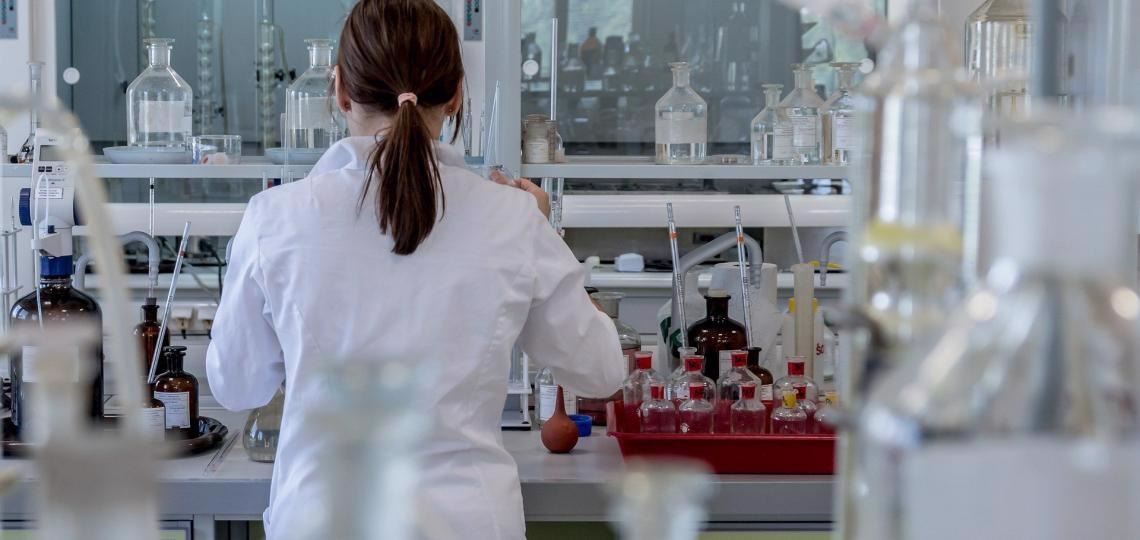When it comes to assessing the effects of endocrine-disrupting chemicals (EDCs) or toxins on cancers and other diseases, which target a variety of mechanisms, including the estrogen receptor (ER), one size does not always fit all.

Image Credit: Baylor College of Medicine.
Most current screening use high-throughput assays that focus solely on bulk population analyses and/or engineered systems, ignoring phenotypic heterogeneity and endogenous receptor cell-to-cell variability. Baylor College of Medicine researchers have devised a two-tiered image analysis-based quality control pipeline for analyzing chemical effects that takes advantage of single-cell differences.
According to the findings, which was published in a recent edition of Environmental Health Perspectives, certain EDCs were only active on the endogenous ER when employing this approach, which were not identified by existing tests.
The majority of tests currently used to identify the effects of EDCs on ERs do not consider individual cell responses within the cell population, and although this is an important biological phenomenon, very few studies have attempted such experiments.”
Dr Michael Mancini, Study Senior Author and Professor, Molecular and Cellular Biology, Baylor College of Medicine
Dr Michael is also the Director of the Integrated Microscopy Core, Baylor College of Medicine.
Mancini states, “When it comes to screening tools for most toxicology assays, many people want a single answer or number from thousands and sometimes millions of cell responses. However, the individual cell responses are not all identical, so we focused on an assay model where each individual cell is analyzed.”
In this study we measured endogenous ER levels in thousands of cells to create a quality control method to evaluate the reproducibility of cell-to-cell variation across multiple tests. We measured the cell-by-cell variability using imaging techniques to determine reproducibility across many factors and variables, and then we found ways to measure the changes of distribution when you treat the cells with EDCs.”
Dr Fabio Stossi, Study Lead Author and Associate Professor, Molecular and Cellular Biology, Baylor College of Medicine
“Over the course of several years, we have used this method to create a pipeline and software for others to use in quality control of single-cell imaging experiments,” says Stossi.
Stossi and his colleagues tested the method’s accuracy by employing 42 toxicants from the Agency for Toxic Substances and Disease Registry, as well as many tests now used by the Environmental Protection Agency. These EDCs are often found in the environment and have been related to many cancers and diseases.
Using this new approach for single-cell imaging analytics in combination with current assays, researchers were able to uncover new EDCs that particularly altered endogenous ER levels, an effect that entails interrelations across numerous pathways, during testing.
Mancini added, “We identified several new toxicants that directly and indirectly affected ER levels and activity.”
We were able to see massive heterogeneity and diversity among similar cell populations that, in the past, were believed to act in similar fashion. They don’t, so when most people are conducting a set number of experiments looking at only certain outputs, they aren’t necessarily getting the most accurate results. What our team did was to create this imaging assay able to find the most accurate results by employing single-cell analytics across a population of cells.”
Dr Michael Mancini, Study Senior Author and Professor, Molecular and Cellular Biology, Baylor College of Medicine
The next step will be to study various EDC-targeted receptors in other animals and to employ new equipment that facilitates larger-scale investigations since this platform of testing can be combined with most assays the government now uses to assess toxicants.
Source:
Journal reference:
Stossi, F., et al. (2022) Quality Control for Single Cell Imaging Analytics Using Endocrine Disruptor-Induced Changes in Estrogen Receptor Expression. Environmental Health Perspectives. doi.org/10.1289/EHP9297.